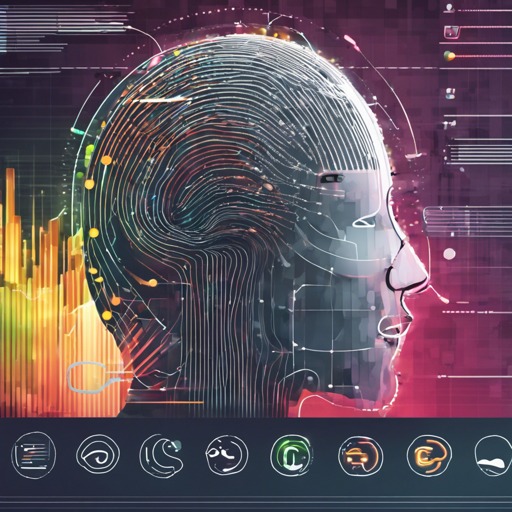Welcome to the fascinating world of Speech Emotion Analysis! Here, we will guide you through the steps involved in creating your own machine learning model to detect emotions from audio signals. Imagine your machine understanding human emotions just by listening, and recommending personalized experiences based on them—what a leap for technology! Let’s dive in!
The Concept
The Speech Emotion Analyzer aims to detect emotions from spoken language. Think of it like a mood ring for your voice—while you chat with friends or colleagues, this model can gauge how you truly feel. The implications for industries are limitless; for instance, marketing firms can suggest products based on emotional states, and autonomous cars might adjust speed for passenger safety depending on their detected emotions.
Datasets Used
We used two different datasets for our model:
- RAVDESS: This dataset includes around 1500 audio files from 24 actors, classified into eight different emotions.
- SAVEE: Contains about 500 audio files recorded by 4 different male actors, focusing on the portrayal of various emotions.
Analyzing Audio Signals
Let’s visualize our audio files! We analyze through waveforms and spectrograms:
Waveform image hereSpectrogram image hereFeature Extraction with LibROSA
The next step involves extracting features that will help our model learn from these audio files. Here’s where we call in the superhero, LibROSA—a powerful Python library for audio analysis. Imagine slicing a cake into perfect pieces to get the best flavor; similarly, we slice our audio files into 3-second segments for uniformity.
Feature extraction representation hereBuilding the Models
We opted for a Convolutional Neural Network (CNN) as our primary model, similar to using a specialized tool for a specific job. While we also tried Multilayer Perceptrons and Long Short Term Memory models, they fell short. Start small and build complexity gradually; this project taught us the patience of a gardener nurturing seeds into a thriving garden!
CNN model structure representation hereMaking Predictions
Once our models were tuned, we fed them test data to see how well they performed. Below is an example of our actual versus predicted values:
Predictions output representation hereTesting with Live Voices
To ensure our model’s robustness, we recorded different emotions from our own voices and tested the outcomes. Remarkably, our model could accurately predict emotions from fresh data!
Live voice prediction representation hereDecoding the Output
If you want to decode the output of your model, here is a useful mapping:
- 0 – female_angry
- 1 – female_calm
- 2 – female_fearful
- 3 – female_happy
- 4 – female_sad
- 5 – male_angry
- 6 – male_calm
- 7 – male_fearful
- 8 – male_happy
- 9 – male_sad
Conclusion
Creating this Speech Emotion Analyzer was a journey filled with trials and learning experiences. With our model distinguishing male and female voices at a 100% accuracy rate and detecting emotions with over 70% accuracy, the scope for improvement is exciting! Increasing the volume of training data is sure to enhance our model’s accuracy even further.
Troubleshooting Tips
Should you encounter any hiccups along the way, here are some troubleshooting ideas:
- Ensure your audio files are clean and properly labeled.
- Check the version compatibility of the LibROSA library with your Python environment.
- Review your model architecture and parameters if the accuracy falls below expectations.
- For more insights, updates, or to collaborate on AI development projects, stay connected with fxis.ai.
At fxis.ai, we believe that such advancements are crucial for the future of AI, as they enable more comprehensive and effective solutions. Our team is continually exploring new methodologies to push the envelope in artificial intelligence, ensuring that our clients benefit from the latest technological innovations.

